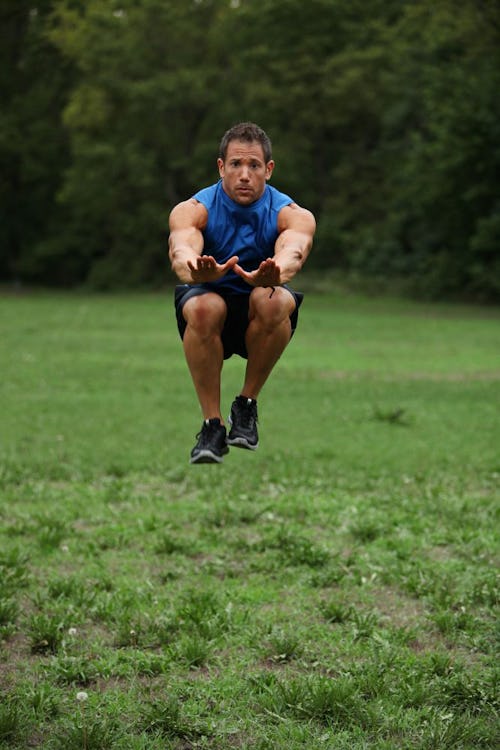
The two most obvious are increasing maximal strength and increasing muscular hypertrophy both are imperative for football players at every position. Strength training has multiple benefits for a football player. Photo courtesy Denison University Sports Information Force Training and Armor Building One method of reducing the chance of shoulder injuries is to address muscular imbalances, specifically addressing weakness in the upper back, posterior shoulder girdle by way of increasing scapular retraction and external rotation.

Wear and tear on the entire shoulder girdle is a forgone conclusion in the game of football. Coaches can incorporate specific exercises such as posterior chain exercises to address glute and hamstring weakness, hip abduction to reduce knee valgus and internal rotation of the knee, and drills for neuromuscular control. By strengthening the muscles that control the movement of the head, athletes are able to withstand greater forces upon impact during a game or practice.Īlthough ACL injuries can be eight times more likely in female athletes, ACL prevention protocols can help reduce the chance of not only ACL and other related knee injuries but also reduce the occurrence of hamstring pulls (tears) and all other non-contact lower extremity injuries. Head and neck training has been proven to not only reduce the chance of catastrophic head and spinal injuries it has also been proven to reduce the chance of concussions. The combination more stringent baseline testing and return-to-play protocols, along with more emphasis on specific training regimens, has served to protect our athletes.

There has been an exceptional amount of research recently on concussion prevention programs for athletes. Pre-Habilitation: Reducing the Potential of Injuries on the Field The second phase of a needs analysis is identifying the individual player’s training age, history of injury, movement analysis, muscular imbalances, and baseline performance testing. Another key attribute that can further complicate this process is the number of different positions in the game of football and the variety of the demands of those positions. Football is one of the most physically demanding sports in this country and it is important to understand the movement patterns, the energy system utilized, and the most common injuries football players are susceptible to. The two major components that need to be analyzed are the demands of the sport and the characteristics of the individual athlete. Needs Analysisīefore writing any program, all coaches should conduct a needs analysis before any set, rep, or percentage should be prescribed. This will not only keep a team healthier, but also enable that team to practice at a much more intense level on a more consistent basis. To compete at the highest level possible, coaches must commit to instituting a strength and conditioning program that will improve the overall physicality of the football program. Developing leaders within the team, ensuring accountability with teammates, and providing a setting that facilitates competition should be the cornerstones of the off-season program.

Creating a competitive culture with a tenacious work ethic in the off-season is just the beginning of improving as a team. The off-season is not only a crucial period for developing players team development is also as important. In other words, train to improve performance on the field and to stay as healthy as possible should be the main two goals of every program.



 0 kommentar(er)
0 kommentar(er)
